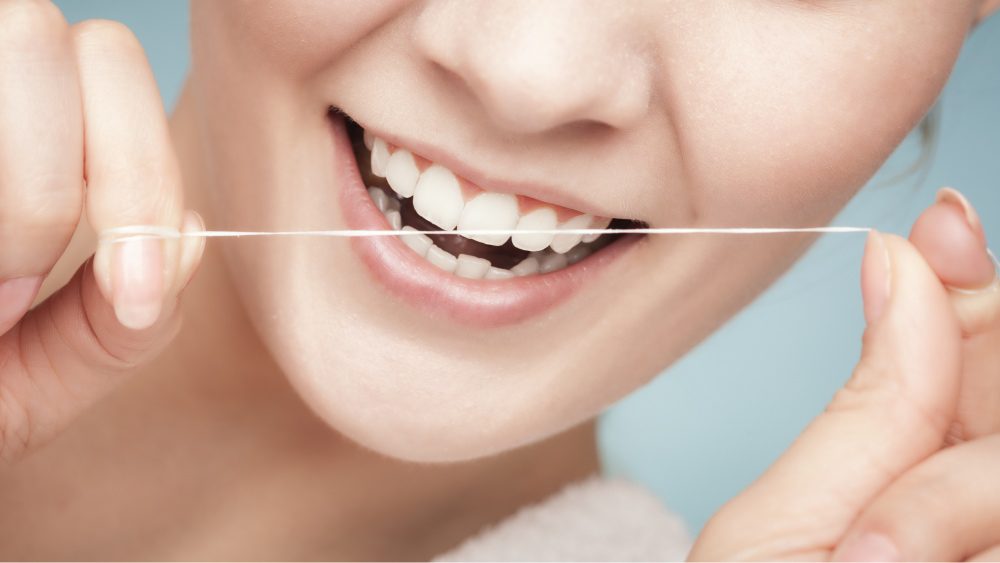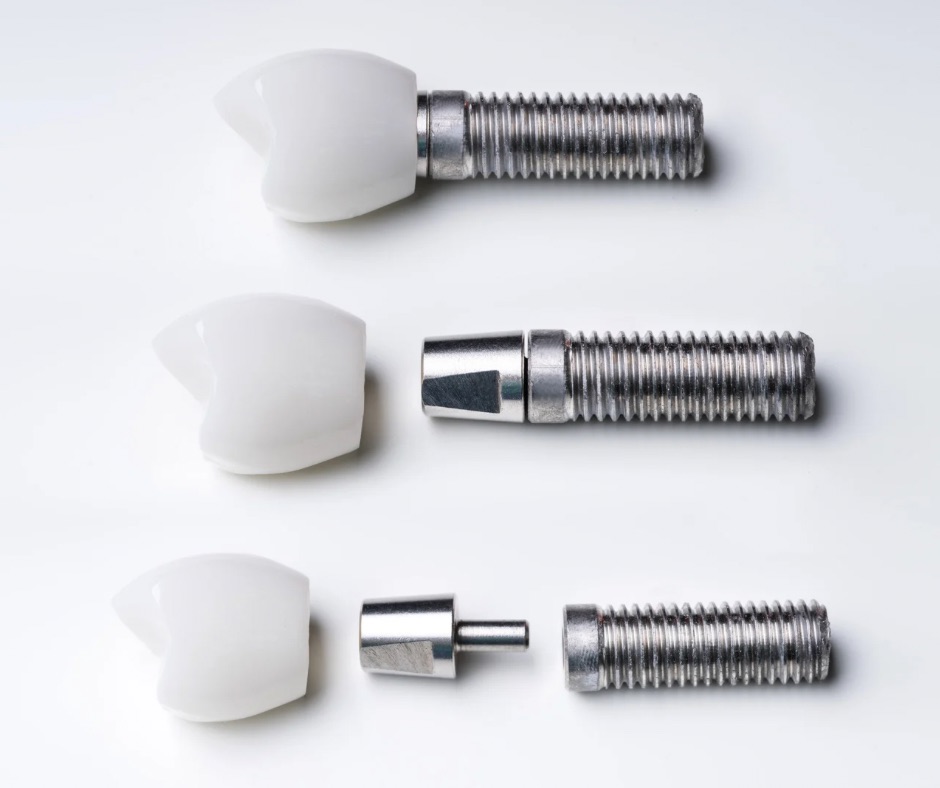Brushing cleanses well the front and rear surface of teeth, while interdental spaces and the gum line are usually more hard to reach and properly clean. That is why flossing is recommended as it can reach where the brush simply cannot.
The modern market is filled with dental floss types and supports, known as handles, which facilitate its use. Waxed floss makes it easier to enter the interdental space while menthol one is more fun to use. Handles of all colours and shapes replace the fingers making flossing more easy. Whichever you choose, learning how to floss is important as you don’t want to risk hurting your gums, causing pain or bleeding.
How to floss?
– prepare 40 centimetres of floss
– keep the floss between the thumb and index finger of both hands and pull. The pulled segment should be 4-5 centimetres long
– introduce the floss within the interdental space by moving it back and forth, and use the index to guide it
– once inserted, bend the floss around the tooth and move it up and down along the whole of its height, once done pass to the adjacent tooth
– repeat the procedure for all teeth of both jaws moving from one side of the mouth to the other
Your dentist will gladly answer any question regarding flossing and you can also consul our guide on dental hygiene available <a href=”https://www.rivieradent.com/files/Oral-hygiene-Riviera-Dent.pdf“>here</a>














